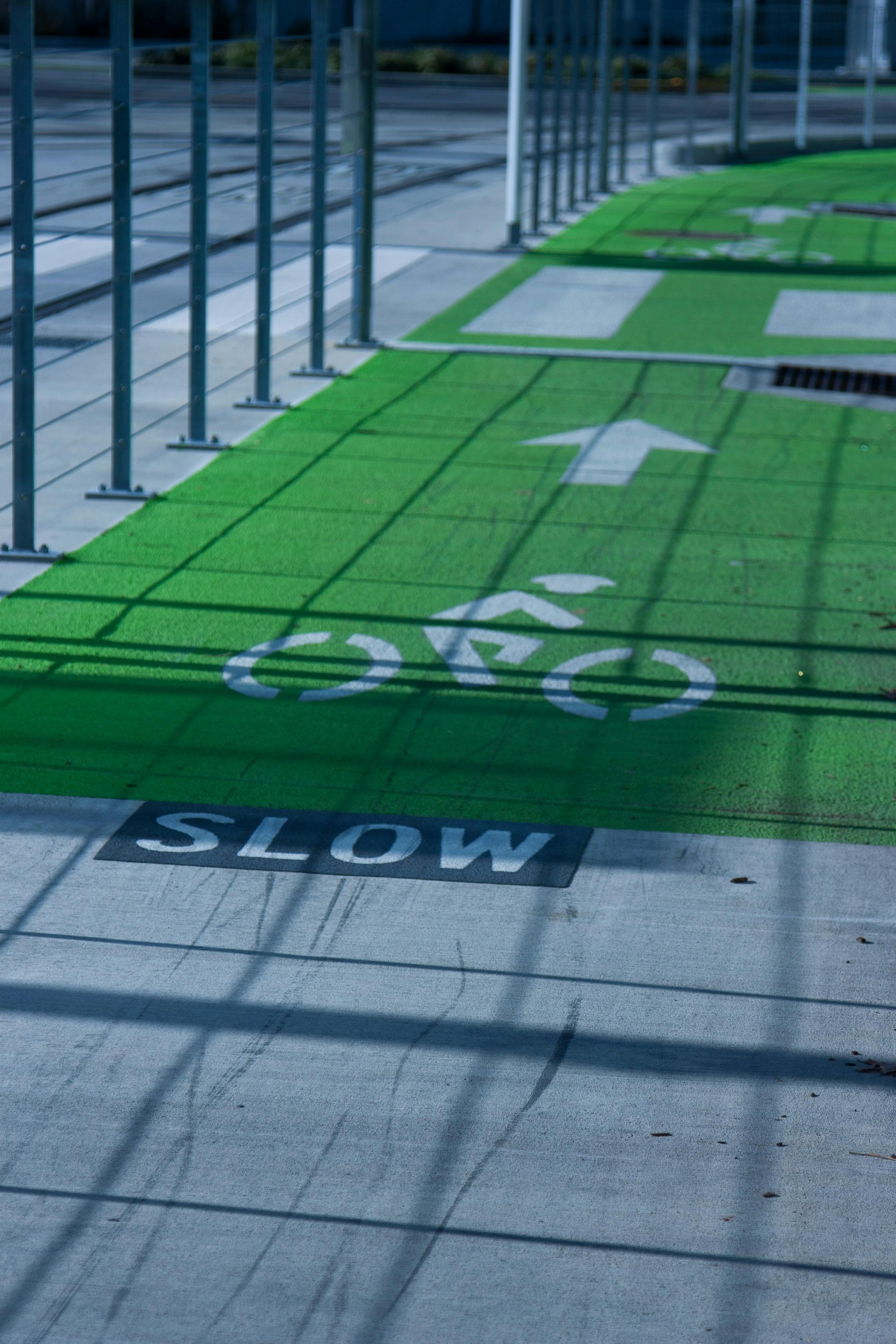Fun, effective and growing
Has Portland succeeded in becoming a bicycle city? We try to answer the question by looking at the past and the present.

Text: Silje Strømmen
Photos: Mari Oshaug
Portland, Oregon is known as “Bike City USA”. With 7,2 percent of commuters choosing to bike to work, Portlanders use bikes at the highest rate of any major city in the US. Would you say Portland has succeeded as a bicycle city? Portland Transportation Director Leah Treat is hesitating.
“Yes I do. The reason I hesitated a bit is because yes, we are doing great, but I also see how much more we need to do. When I look at our biking numbers and our bike infrastructure I end up comparing us more to European cities than American cities, because I think we are further ahead here,” she explains, listing Copenhagen and Malmö as inspirations.
If you bike (or walk) around downtown Portland it is a really nice, quiet, pleasant place to be. Or as Roger Geller, Bicycle Coordinator with the Portland Bureau of Transportation puts it, “Portland as a bicycle city is fun, effective and growing.” Over the last decades, Portland has spent a lot of energy, time and resources on building an infrastructure that is welcoming and friendly, so that you and I would want to spend time in it, whether we are walking or biking. It wasn’t given that Tom McCall Waterfront Park should be just that, a Waterfront Park. It could just as easily have been a freeway. To understand why it turned out the way it did we need to go back to the 70s.
The year 1970 was when Denmark, The Netherlands and Germany started to regain what they had lost in terms of bike transportation. Environmental regulations were being passed all around the world. People were beginning to be aware of all the environmental problems that we were having, and Oregon responded to that in a number of ways – one of them being passing a law that said you had to dedicate a certain percentage of funding to bicycles and walking for each road project. Staff was appointed to work especially on bike related matters, and simple plans were developed. In the late 80s and early 90s, more funding was made available and City Commissioner Earl Blumenauer hired Portland’s fist bicycle coordinator, Mia Birk, who was tasked with developing the first comprehensive bicycle plan.

“Really good planning, good political leadership and good staff that has been around for a while and figured out what we need to do to make it easier for people to bike,” Roger Geller, Bicycle Coordinator with the Portland Bureau of Transportation, credits:
“I think that Portland has also benefitted from land used planning. We didn’t buy into building freeways everywhere and disrupting the neighbourhoods. We wanted to keep distances short. As more and more people bike, we have understood the benefits of it. The appetite for it seems to be increasing.”
Located in the beautiful Pacific Northwest, being outdoors and appreciating nature is embedded in the culture and the values of Portland and its inhabitants. Transportation Director Leah Treat sees that as a strength:
“There is this built-in-culture that supports bicycling. People are really into it; it is the way people socialize here. The conversations are a lot easier because people get it. The more people get it, the more supported you are and easier it is to grow. I’m hoping that we are at the tipping point of a push soon.”

When Tilikum Crossing, North America’s largest car-free bridge, opened in September 2015, 25 000 Portlanders rode over it on the opening weekend. The Sunday Parkways project, where parts of the city are closed off to traffic five Sundays out of the year, have an average 20 000 people showing up. Even when a new traffic light was unveiled, people showed up for the ribbon cutting ceremony. Having the community on their side has sure been a factor for success when developing the plans for reaching a 25% bicycle modal split by 2030. Rather than adopting a cookie-cutter approach to city planning, Portland has focused on what’s unique in every neighborhood.
“You don’t get the same value, and you lose a lot of the uniqueness, individuality and culture when you try to slap down a one size fits all approach. I think our planning is really great and forward thinking,” Transportation Director Treat says:
“The plans that we have for the Portland we are (currently) building are really ambitious. Our planning is really forward thinking and we have the bicycle master plan, a climate action plan and the Portland plan. We do a lot of planning and sometimes it is slow and painful, but in the end they get us these really amazing results and help us to align our values.”
Going forward, safety will be the main priority for the Transportation Director:
“Safety for all modes is the main priority. In order to achieve our climate action plan and achieve all our goals, we need people to change how they get around. One of the things we are working on right now is a new design standard for all of our new developments or retrofitting of roadways. We are working on a design standard that is going to require all developers to put in protected bikeways. It is a big and bold move. I don’t think any other city in the United States is doing that right now. We are not there yet, but we are working on it.”